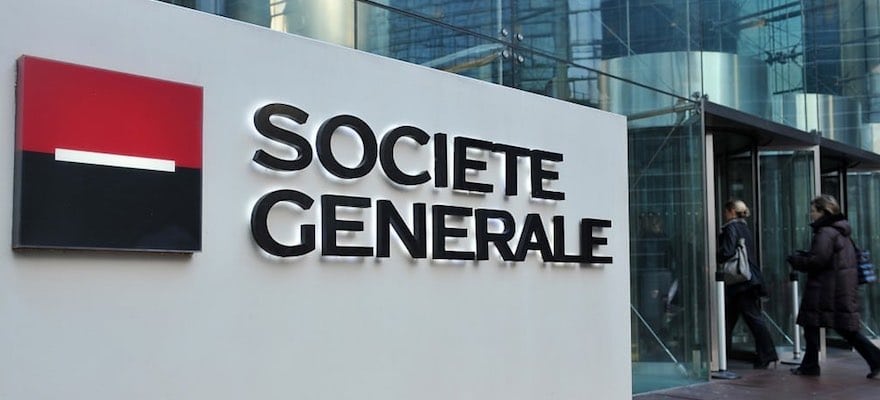The Financial Futures Association of Japan (FFAJ) has published its quarterly statistical report on the financial futures transactions in Japan for the final quarter of its 2019 fiscal year ended March 31, 2019.
The FFAJ reports the transactions of its members. During the fourth quarter of its fiscal year, the agency had 142 members. However, not all reported their futures transactions during the period. In fact, fewer members reported their transactions in the most recent quarter than they did in the third quarter of 2019.
During the fourth quarter, the number of on-exchange contracts was more than 15.8 million. When compared with the previous quarter (October until December of 2018), this is lower by 13.79 percent.
FX Trading Volume and Value Falls in Q4
Margin foreign exchange (Forex ) on-exchange contracts also fell on a quarter-on-quarter comparison. Specifically, the number of contracts traded during the three month period was 6.72 million, which is 24.88 percent lower than the previous quarter.
Over-the-counter (OTC) trading performed a bit better during the final quarter of the FFAJ’s 2019 fiscal year. Nonetheless, the trading volume of OTC domestic contracts fell by 2.3 percent from ¥953 trillion to ¥930.8 trillion in the final quarter.
OTC Margin FX trading volume reported a similar trend, falling by 2.63 percent quarter-on-quarter to reach ¥917 trillion in the three months ended March 31, 2019. The previous quarter reported a trading volume of ¥942 trillion.
Taking a closer look at forex contracts, the number of domestic futures contracts trading during Q4 was 8.4 million. However, this is lower by 3.02 percent when measured against the 8.7 million contracts trading in the previous quarter.
Domestic margin FX futures also fell by the exact same percentage - 3.02 percent, quarter on quarter. Specifically, the number of contracts dropped from 8.7 million in Q3 to 8.4 million in Q4.
The first three months of 2019 have been tough for brokers - not only in Japan but across the world. This is because market Volatility has been low, as well as other factors such as regulation leading to lower client activity.

















